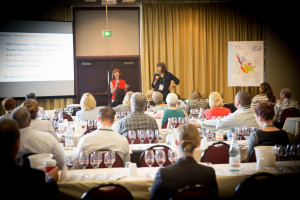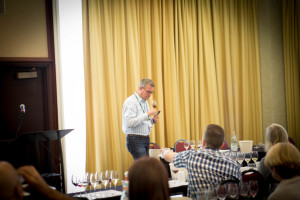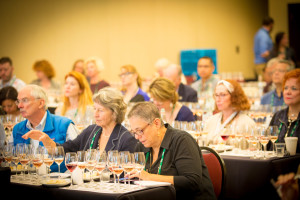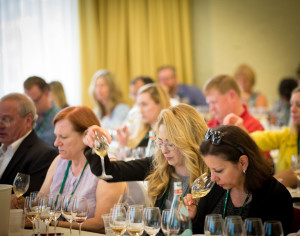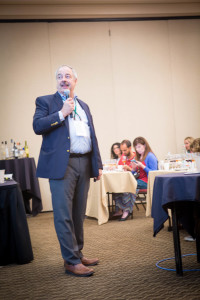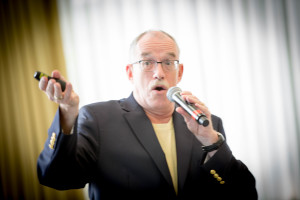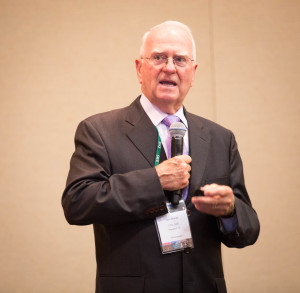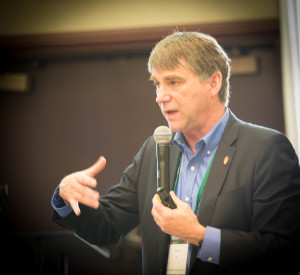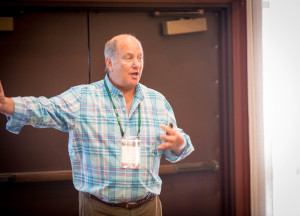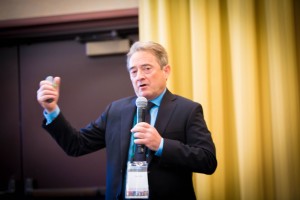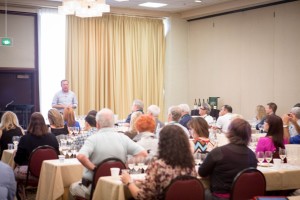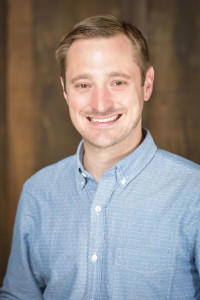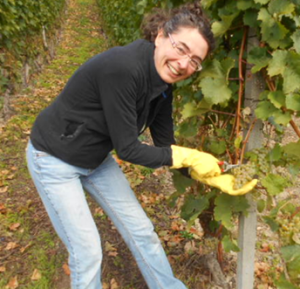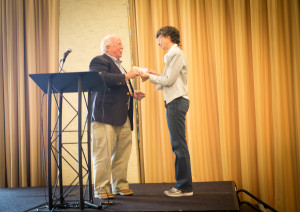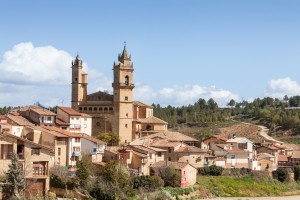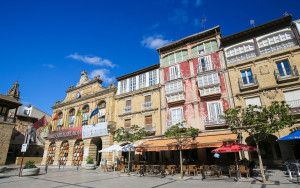We had a wonderful time at the 41st Annual Conference of the Society of Wine Educators, held August 10-12, 2016 at the lovely Red Lion Hotel on the River, located on the Columbia River in Portland, Oregon. Below you will find some pictures, presentations, and handouts provided by our wonderful speakers – the next best thing to being there!
Understanding and Comparing Recent Bordeaux Vintages—presented by Mary Gorman-McAdams, MW and Linda Lawry, DWS, CWE: Friday morning’s class on the recent Bordeaux vintages gave attendees the rare opportunity to compare and contrast wines from three Châteaux— Château Brown (Pessac-Léognan), Château Lafon-Rochet (4th Growth Saint-Estèphe), and Clos de l’Oratoire (Saint-Émilion Grand Cru Classé)—across three vintages (2010, 2012, and 2014).
Mary and Linda led the class through the details of each vintage as pertains to the character of the growing season (rain, temperatures, vegetative cycle) and how those characteristics may have impacted with vines (large bunches vs. small bunches, degree of concentration, ripeness). Finally, it was revealed how the vintage conditions (along with winemaking, of course) could impact the wines, and the class was invited to “taste along” and see if they could detect the vintage character in the wines. For more information on the vintages and the wines, see the session presentation: Understanding and Comparing Recent Bordeaux Vintages—presented by Mary Gorman-McAdams and Linda Lawry
Navigating the Changeable Bordeaux Classifications—presented by Mary Gorman-McAdams, MW and Linda Lawry, DWS, CWE: Thursday afternoon’s class on the classifications of Bordeaux began with an overview of the main versions—including the 1855 Classification of Médoc & Sauternes, the 1953 Graves Classification (updated in 1955), Saint Émilion Classification (1955), the Crus Bourgeois de Médoc, and the Crus Artisans du Médoc. Of these lofty groupings, the Saint Émilion Classification and the Crus Bourgeois de Médoc have the requirement to be updated at regular intervals. To a serious wine student, this sounds suspiciously like “it changes all the time!”
There is certainly some truth to that, but Mary and Linda spent the next hour or so discussing the history and philosophy behind these ever-changing classifications. The most recent changes were discussed in detail, and a tasting of representative wines accompanied the class. For all of the latest information on these ever-evolving classifications, as well as a list of the wines tasted, please see the presentation slides: Navigating the Changeable Bordeaux Classifications—presented by Mary Gorman-McAdams and Linda Lawry
We will be posting many more conference recaps in the days to come, and will create a permanent record of them here.
